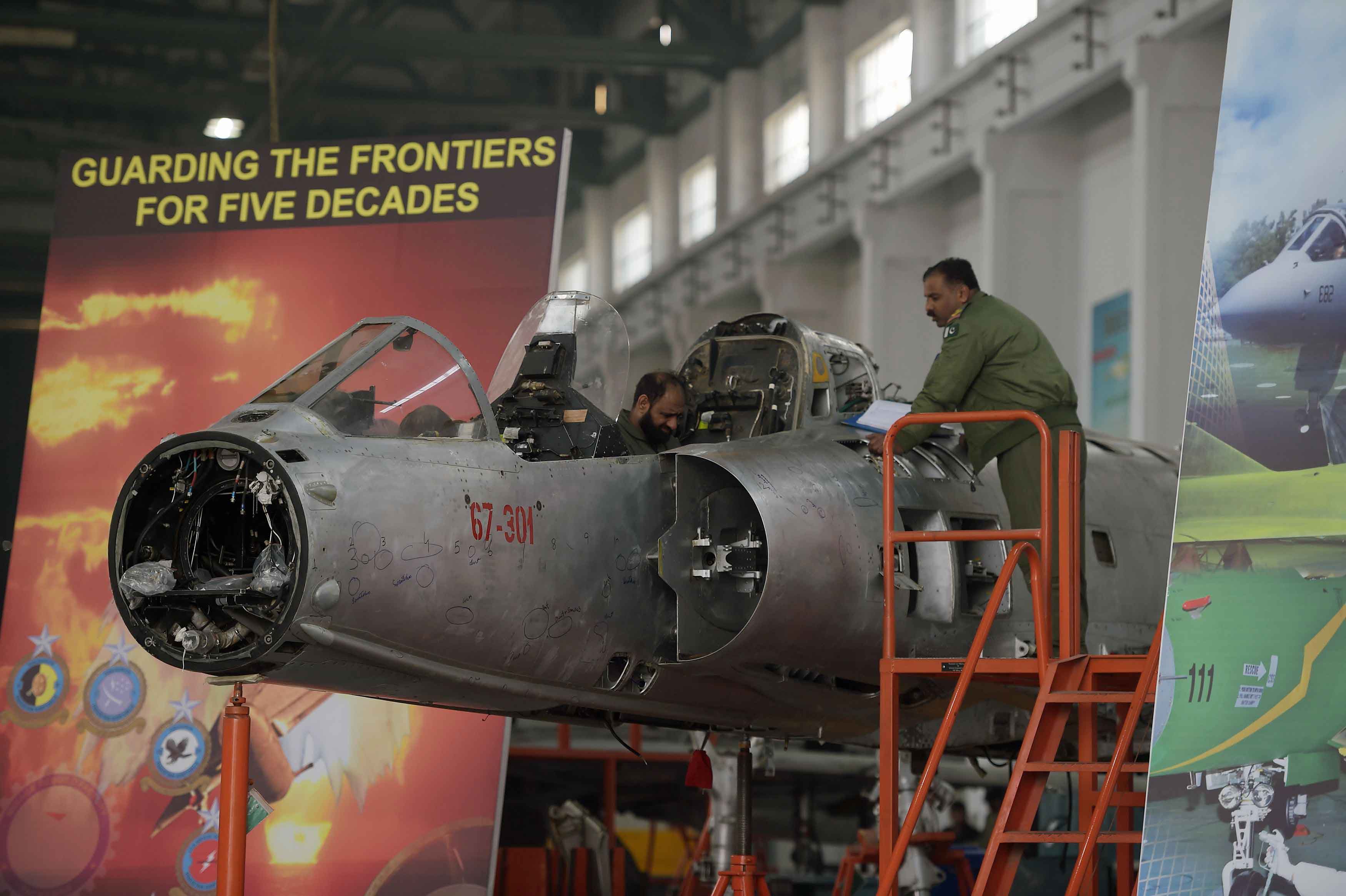SOURCE: IDRW.ORG.

The Pakistan Air Force (PAF) is poised for a significant shift in its combat capabilities as it grapples with the impending retirement of nearly 200 fighter jets by 2030. This large-scale retirement plan, if realized, could lead to a temporary dip in overall squadron strength.
The crux of the issue lies with the ageing Mirage-III/5 fleet, numbering over 150. These French-origin jets are rapidly approaching the end of their airframe service life. Dassault, the original manufacturer, has ceased production of spare parts for the aircraft and its engines, decades ago further plans to buy retired jets to be used as Spares have not gone ahead thus limiting operational viability of shouldering on for more years.
The PAF also intends to completely retire its F-7PG jets by 2030. While these Chinese-built fighters previously served on the frontline, they have been relegated to a secondary role with the induction of the JF-17 Thunder, even though they were inducted only in 2002 and relatively still have 10-15 years of life left in them, but F-7PG is based on Mig-21 and room for further upgradation is limited, as even PLAAF has started retiring them.
To counter this fighter jet exodus, the PAF is looking towards China for replacements. They have procured J-10CE jets and are interested in acquiring the FC-31, a fifth-generation fighter. However, these acquisitions might not be enough.
The FC-31, while a capable aircraft, falls short of being a true “fifth-generation” fighter in terms of stealth and certain avionics capabilities. Additionally, local production of the FC-31, which could potentially address this gap, remains uncertain. The FC-31 is still under development and may take several years to become operational.
Another hurdle for the PAF is the cost of newer jets. The more advanced Block-III variant of the JF-17, despite its improved capabilities, carries a hefty price tag of over $40 million when compared to earlier versions. This has led the PAF to hold off on expanding orders for this variant. FC-31 also won’t come Cheap and it is expected will hover around $70-75 million per unit, since even J-10CE fighters were procured at around $63 million each at a 8 percent Credit from China.
The PAF faces a complex challenge in modernizing its fighter jet fleet. Balancing cost constraints with acquiring advanced technology will be crucial. While China remains a key partner, delays in domestic production and limitations of current offerings leave a gap in capabilities. The PAF’s ability to navigate these challenges will determine the effectiveness of its air defense in the years to come.
NOTE : Article cannot be reproduced without written permission of idrw.org in any form even for YouTube Videos to avoid Copy right strikes. Websites doing illegal reproductions will get DMCA and Legal Notices.